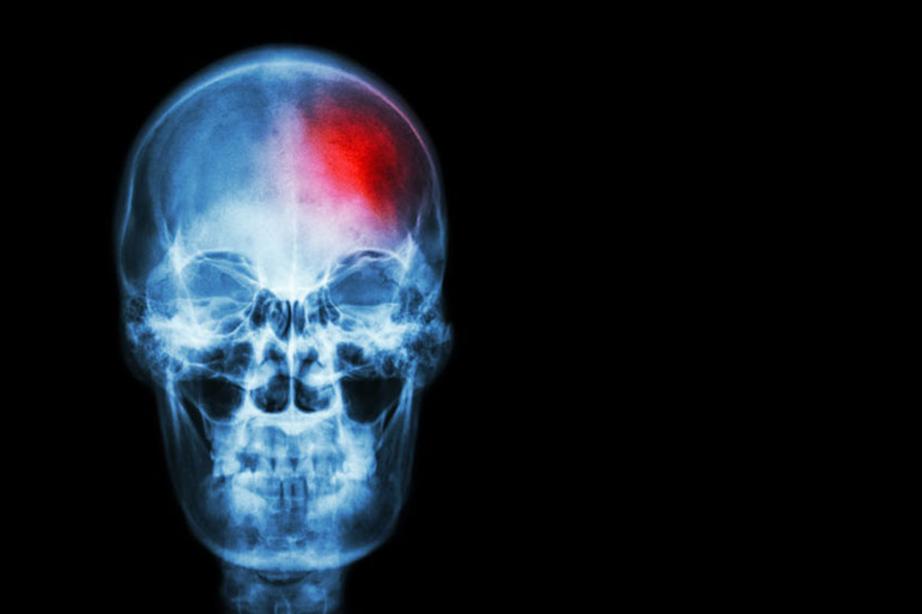Diseases caused by smoking
Research today is conclusive that smoking is the cause of a host of diseases and ailments that are not only chronic but also the leading cause of death in the Unites States. Whether you’re a moderate smoker or a heavy smoker, in many cases, the risk of developing smoking-related diseases remains the same. This list will give you a picture of how dangerous smoking really is to your health.
List Of Diseases Caused By Smoking
1/10
1. Emphysema

Smoking can cause a series of lung disorders known as Chronic Obstructive Pulmonary Diseases (COPD). Emphysema is caused when a person has difficulty breathing due to the destruction of air sacs in the lungs. Healthy lungs have millions of tiny air sacs which fill with air every time you breathe in and help transfer oxygen into the blood.
Smoking causes the walls between these sacs to break down resulting is larger but fewer sacs reducing the quantity of oxygen reaching the blood. As the break down progresses, you might have to work hard to breathe, even when resting. This condition can only be treated and slowed down by stopping smoking but cannot be cured or reversed.
2/10
2. Chronic Bronchitis

Another common COPD among smokers is chronic bronchitis. Smoking can cause the airways to be inflamed leading to chronic coughing which can be seen in many heavy smokers. Chronic Bronchitis is a disease where the airways secrete abnormally high amount of mucous compelling the person to cough it out.
It is characterized by repeated bouts of incessant coughing which eventually blocks the airways with scar tissue and mucus leading to lung infections. While quitting smoking can help keep the symptoms under control, chronic bronchitis cannot be reversed.
3/10
3. Asthma

According to the American Academy of Asthma, Allergy, and Immunology, one in 12 people (about 25 million, or 8% of the U.S. population) have asthma, a condition where airways become narrow and inflamed, causing wheezing and hampering the ability to exercise.1
Smoking causes irritation in the airways increasing the chances of triggering a sudden and severe asthma attack. Pregnant women need to be especially careful as studies have shown that prenatal exposure is associated with three times the number of daily and night-time asthma symptoms later in the child’s life, as well as nearly four times the number of asthma-related emergency room visits.2
4/10
4. Cardiovascular Disease

It’s not just your lungs that are at risk. Studies has shown that smoking increases heart rate, tightens major arteries, and can cause an irregular heart rhythm, all of which make your heart work harder. Smoker causes your heart rate to increase when you are at rest and increase when you exercise.3
Unfortunately, there is no safety limit when it comes to smoking. Even light smokers are at risk of damaging their heart and blood vessels. Approximately 20% of deaths caused by heart disease have been liked directly to smoking. Also, women who smoke while on birth control pills and diabetics are at greater risk of heart attack.4
5/10
5. Cancer

Smoking can cause a variety of cancers in the body including lung cancer, which is the leading cause of death among cancer patients. Tobacco smoke is a toxic mix of more than 7,000 chemicals. The CDC links about 80% to 90% of lung cancers in the United States to smoking, classifying it as a number one risk.5
Cigarette smoking can cause cancer almost anywhere in the body including cancer of the mouth and throat, esophagus, stomach, colon, rectum, liver, pancreas, voicebox (larynx), trachea, bronchus, kidney and renal pelvis, urinary bladder, and cervix.
6/10
6. Stroke

A stroke occurs when there is an obstruction to the blood supply to your brain. This causes the brain cells to die due to the reduced supply of oxygen. A stroke can cause disabilities such paralysis, muscle weakness, trouble speaking, memory loss, and death. The American Stroke Association states that stroke is the 5th leading cause of death in the United States.6
Smoking lowers your “good’ cholesterol (HDL), damages blood vessels, and increases the build up of the buildup of plaque (fat, cholesterol, calcium, and other substances) in blood vessels. It also makes your blood more sticky and prone to clotting. Any of these conditions can significantly increase the risk of a stroke.
7/10
7. Crohn’s Disease

Studies have confirmed that smokers are 2.7 times more likely to develop crohn’s disease as compared to non-smokers.7 Crohn’s disease is a condition marked by inflammation of the digestive tract; the intestinal lining becomes swollen causing severe bouts of diarrhea.
People who have Crohn’s and smoke experience more frequent Crohn’s symptom flares, such as abdominal pain and diarrhea. They’re also more likely to need medication and repeat surgeries for their condition than nonsmokers with the condition. Researchers suspect that cigarette smoke damages protective mucous membranes in the digestive system, increasing the risk for inflammation.8
8/10
8. Peptic Ulcers

Peptic ulcers are painful sores that develop on your stomach lining. Smoking increases the acidity of the duodenum (the first part of the small intestine immediately beyond the stomach) and makes it more vulnerable to H.pylori infection, a bacterium that is one of the causes of stomach ulcers.
Smoking also interferes in the upper gastrointestinal function causing reflux of the duodenal contents back into the stomach and reduction in the production of natural substances that protect the stomach and duodenum from tissue damage; both of which contribute to the formation of ulcers.9
9/10
9. Atherosclerosis

Atherosclerosis is caused when cholesterol, cellular waste, calcium and other fatty substances are deposited along the lining of artery walls. These substances constrict or in extreme cases block the flow of blood causing several issues including heart attacks, strokes, and hypertension.
Smoking is one of the major causes of atherosclerosis. The toxins in tobacco smoke lower the good cholesterol (HDL) while raising levels of bad cholesterol (LDL). The nicotine and carbon monoxide in cigarette smoke damage the endothelium, the inner surface of blood vessels, which sets the stage for the build-up of plaque.
10/10
10. Diabetes

Research tells us that smokers are 30–40% more likely to develop type 2 diabetes than nonsmokers. And people with diabetes who smoke are more likely than nonsmokers to have trouble with insulin dosing and with controlling their disease.10
Diabetics who smoke are also more susceptible to serious complications like kidney disease, retinopathy (an eye disease that can cause blindness), and peripheral neuropathy (nerve damage in arms and legs). Most of these complications can be minimized by quitting smoking, following a healthy diet, and moderate exercise.
Though most people smoke to relieve themselves of stress, smoking puts an enormous amount of stress on your body. It directly and indirectly becomes the cause for several fatal illnesses and diseases which can severely compromise the quality of your life. It’s not easy to quit smoking but the effort is well worth the returns.
